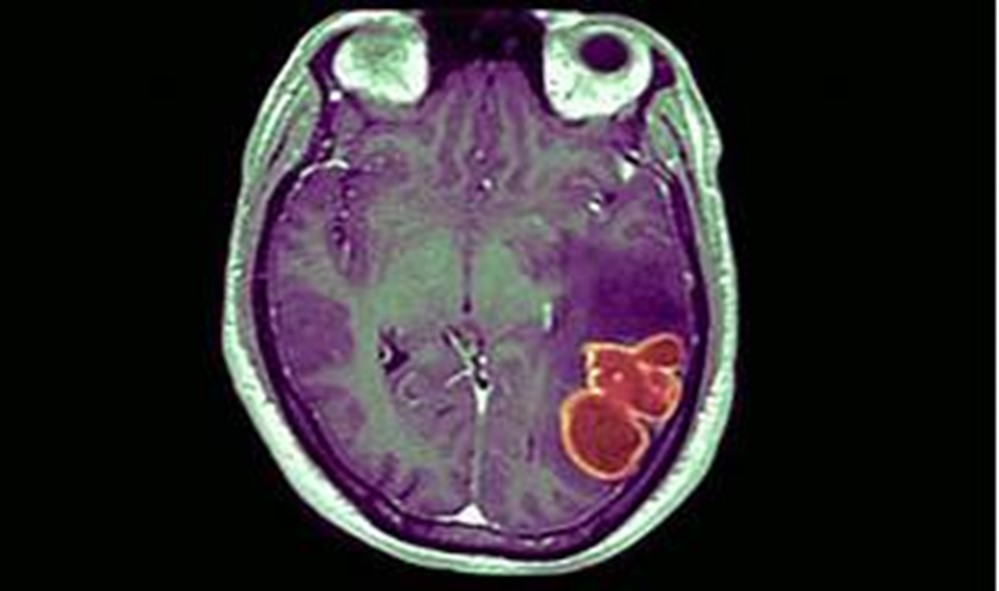More questions on this topics
More questions on this topics ( 26 Questions)
A nurse is caring for an older adult client who has difficulty communicating verbally due to aphasia following a stroke.
Which of the following strategies should the nurse use to assess this client’s pain? (Select all that apply.)
This can help the client to communicate their pain level and location with minimal language difficulty.
This is a self-report pain scale that uses a line with endpoints labeled as “no pain” and “worst pain imaginable”. The client can point to a position on the line that corresponds to their pain intensity. VAS has been shown to be feasible, valid and reliable for stroke patients with mild-to-moderate aphasia.
This can include facial expressions, body movements, vocalizations, and changes in vital signs that may indicate pain. Nonverbal cues are especially important for clients with severe aphasia who cannot use self-report scales.
This is wrong because open-ended questions require more complex language skills and may frustrate the client with aphasia. The nurse should use simple and direct questions that can be answered with yes or no, gestures, or pointing.
They can provide information about the client’s pain history, preferences, and behaviors that may indicate pain. They can also help the nurse communicate with the client and interpret their responses.

The correct answer is choice A, B, C, and E. The nurse should use the following strategies to assess this client’s pain:
• Ask yes or no questions: This can help the client to communicate their pain level and location with minimal language difficulty.
• Use a visual analog scale (VAS): This is a self-report pain scale that uses a line with endpoints labeled as “no pain” and “worst pain imaginable”. The client can point to a position on the line that corresponds to their pain intensity. VAS has been shown to be feasible, valid, and reliable for stroke patients with mild-to-moderate aphasia.
• Observe for nonverbal cues: This can include facial expressions, body movements, vocalizations, and changes in vital signs that may indicate pain. Nonverbal cues are especially important for clients with severe aphasia who cannot use self-report scales.
• Involve family members or caregivers: They can provide information about the client’s pain history, preferences, and behaviors that may indicate pain. They can also help the nurse to communicate with the client and interpret their responses.
Choice D is wrong because open-ended questions require more complex language skills and may frustrate the client with aphasia. The nurse should use simple and direct questions that can be answered with yes or no, gestures, or pointing.
